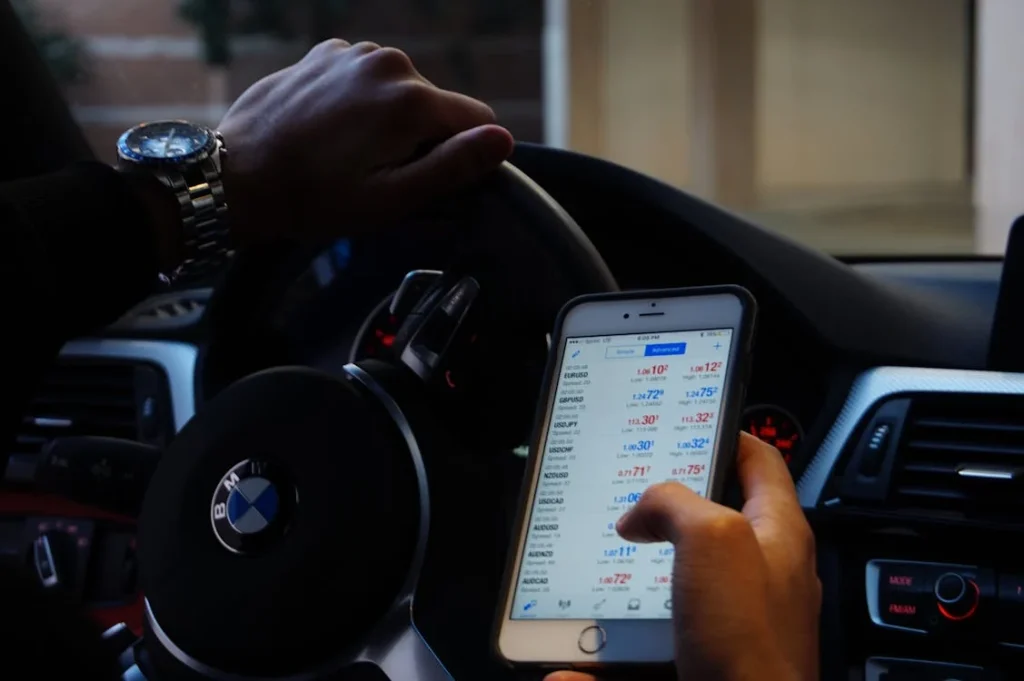The Evolution of Bulk SMS: From Simple Texts to Powerful Marketing Tools
In the fast-paced world of digital communication, one technology has stood the test of time and continues to evolve: SMS (Short Message Service). What began as a simple way to send text messages has transformed into a powerful marketing tool that businesses across the globe rely on. This article explores the fascinating journey of bulk SMS, from its humble beginnings to its current status as an indispensable part of marketing strategies.

The Birth of SMS
The concept of SMS was developed in the 1980s as part of the GSM (Global System for Mobile Communications) standard. The first SMS was sent in December 1992 by Neil Papworth, a test engineer for Sema Group, to Richard Jarvis at Vodafone. The message simply read “Merry Christmas.” Little did they know that this modest greeting would pave the way for a communication revolution.
Early Days of Bulk SMS
As mobile phones became more widespread in the late 1990s and early 2000s, businesses began to see the potential of SMS for reaching customers. The concept of bulk SMS emerged, allowing companies to send the same message to multiple recipients simultaneously. Initially, these messages were simple notifications or alerts, often limited by the 160-character constraint of SMS.
The Rise of SMS Marketing
The real transformation began when marketers realized the power of SMS as a direct communication channel. Unlike emails that could be filtered or ignored, SMS had an open rate of over 98%. This led to the development of more sophisticated bulk SMS platforms that could:
- Personalize messages using customer data
- Schedule SMS campaigns
- Track delivery and read rates
- Segment audiences for targeted messaging
Technological Advancements
As technology advanced, so did the capabilities of bulk SMS:
- Unicode Support: Enabled sending messages in various languages and scripts.
- Concatenated SMS: Allowed longer messages by linking multiple SMS together.
- Alphanumeric Sender IDs: Improved brand recognition by using company names instead of phone numbers.
- Short Codes: Introduced easy-to-remember numbers for two-way communication.
Integration with Other Systems
The true power of bulk SMS was realized when it began to integrate with other business systems:
- CRM Integration: Allowed for more personalized and timely messages based on customer interactions.
- API Connectivity: Enabled automated messaging triggered by specific events or actions.
- Analytics Tools: Provided insights into campaign performance and customer behavior.
SMS in the Smartphone Era
The advent of smartphones brought new challenges and opportunities. While messaging apps became popular, SMS retained its universal reach and reliability. Marketers adapted by:
- Creating SMS campaigns that complemented app notifications
- Using SMS as a fallback for important communications
- Leveraging SMS for two-factor authentication and secure transactions
Advanced Features in Modern Bulk SMS
Today’s bulk SMS platforms offer a range of advanced features:
- Rich Media Messaging: Incorporating images, videos, and interactive elements.
- AI-Powered Chatbots: Enabling automated conversations via SMS.
- Location-Based Services: Sending relevant messages based on a customer’s location.
- A/B Testing: Optimizing message content for better engagement.
- Omnichannel Integration: Coordinating SMS with email, social media, and other channels for cohesive campaigns.
Regulatory Compliance and Best Practices
As bulk SMS became more prevalent, regulations like the TCPA in the US and GDPR in Europe emerged to protect consumers. This led to the development of best practices in SMS marketing:
- Obtaining explicit consent before sending marketing messages
- Providing clear opt-out instructions
- Maintaining data privacy and security
- Limiting message frequency to avoid fatigue
The Future of Bulk SMS
Looking ahead, bulk SMS continues to evolve:
- RCS (Rich Communication Services): Promising to bring app-like experiences to SMS.
- AI and Machine Learning: Further personalizing messages and optimizing send times.
- Blockchain Integration: Enhancing security and verification processes.
- IoT Integration: Enabling communication with smart devices via SMS.
Conclusion
From its inception as a simple text messaging service to its current status as a sophisticated marketing tool, bulk SMS has come a long way. Its evolution mirrors the advancements in mobile technology and digital marketing strategies. As we look to the future, one thing is clear: bulk SMS will continue to adapt and remain a vital part of how businesses communicate with their customers.
By embracing the latest innovations while maintaining the core strengths of reach and reliability, bulk SMS is poised to remain a powerful and effective marketing tool for years to come.